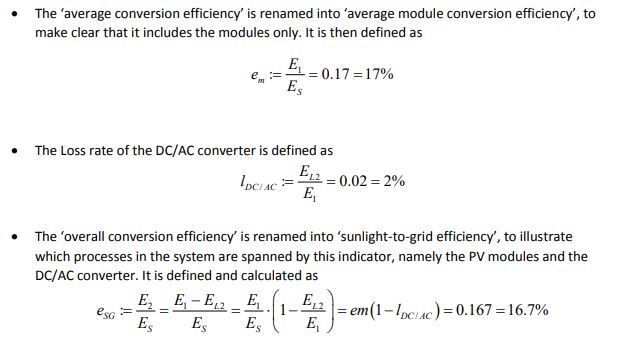Climate, circular economy, sustainability, and the Contribution of industrial ecology
- The greenhouse effect has been known for two centuries!
- Naturally, we should have cool down due to volcano activity, but we warm significantly
- The risk for agriculture is mainly the level of evaporation, not only the lack of rain
- The desert is likely to expand, making food crops impossible in an increasing amount of areas, like the south of Europe
- Adaptation is very unlikely after 2 degrees of warming
- Sufficient is a particularly relevant dimension of sustainability, even more than efficiency, as the former makes the latter truly effective to reduce aggregated footprints
- Reduce and eliminate the dependency on fossil fuels and rare materials from our social metabolism
- Focus on more abundant and easy-to-recycle/separate materials.
- Reduce and eliminate our contribution to the degradation caused by our activities to the environment
- Eliminate any practice that undermines people's ability to meet their basic needs
- Sustainability enhancements can be done at the process, cluster, supply chain, or ultimately at the system level
Material and Energy Flow Analysis
Material includes substances that are quantifiable. MEFA includes an abstract representation of the system studied as a collection of processes with stocks. The processes are linked by flows, they are separated from the environment through the system boundary.
System boundaries define what processes are part of the system described. Systems are specified in space and in time. Each process satisfies energy balance and calculate the net stock exchange.
The calculation of the mass for each element is easier that for each component within the process. All goods, substances and elements in a system is too much work, and normally only selected chemicals are taken.
Performance indicators:
- efficiency: useful output / total input
Note: (Points 1 and 3 do not hold for an LCA)
- the entire system is quantified for one or more materials
- the system is valid or measured for a certain time and region
- all processes within the system must be balanced
IEooc Background2 Lecture5 : Measuring Sustainability
- By using material footprint considering imports, we can see that for example the land use in Germany exceeds their own land, due to land use embedded in imports
- We can also analyze how the footprint change per income group and its composition
- Land footprint measures actual land used in the supply chain of globally traded commodities
- Does not differentiate different grades of land use intensity
- ecological footprint is broader and considers other footprints, like carbon
- GDP per capita does not match personal disposable income
- Resource efficiency measures how much resources a unit of GDP requires. This is a measure of relative but not absolute decoupling.
- The are several indexes of wellbeing, such as HDI, which shows a decoupling with income at 10.000$ and also an exponential increase in emissions with little increase in HDI
- The Happy Planetary index considers the experienced well-being, life expectancy, and ecological index
methodology exercise on the practicalities of quantitative systems analysis: Locating data in a system definition and indicator development
Problem setting
The following problem deals with energy flows of different forms (sunlight, electricity) in a photovoltaics
installation.
Assume that the following information is given in the technical manual of the PV park, which is available
on the homepage of the operator of the installation:
“The solar park is built with PV modules of an average conversion efficiency of 17%. It is equipped with
DC/AC converters with a loss rate of 2%, resulting in an overall conversion efficiency of 16.7%. With
additional grid and transformer losses of 8% the system efficiency is 15.3%.”
A report on the PV plant in the local newspaper, which is based on the information supplied by the
operator, gives the following information:
“With an overall conversion efficiency of 16.7%, solar park A clearly outperforms the other parks in the
region. Electricity consumers rejoice as the system efficiency of the renewable energy grid is now more
than 15%.”
Clearly, the cited section of the newspaper article contains less quantitative info than the technical report.
Information was lost when simplifying the description. In particular, the exact meaning of ‘overall
conversion efficiency’ and ‘system efficiency’ remains unclear, as no definitions are provided (which
cannot be expected from a newspaper article). The technical report cited above does not provide
definitions either, but from the flow of the text and the numbers provided it becomes clear that the
‘overall conversion efficiency’ must be the ratio of electricity supplied to the grid and the incoming
sunlight. It can be calculated as (1-0.02) * 0.17. This understanding of the meaning of the indicator gets
lost in the transition to the newspaper article.
By providing explicit definitions of the efficiency indicators and using them consistently ambiguities can
be removed. To formalize the knowledge provided in the technical report an explicit system definition
shall be used to define and quantify indicators for this case:
Task
Draw a system describing the situation, define the system variables, define and calculate the efficiency
indicators from the text above, and find more descriptive names for the different efficiencies!





Comments
Post a Comment